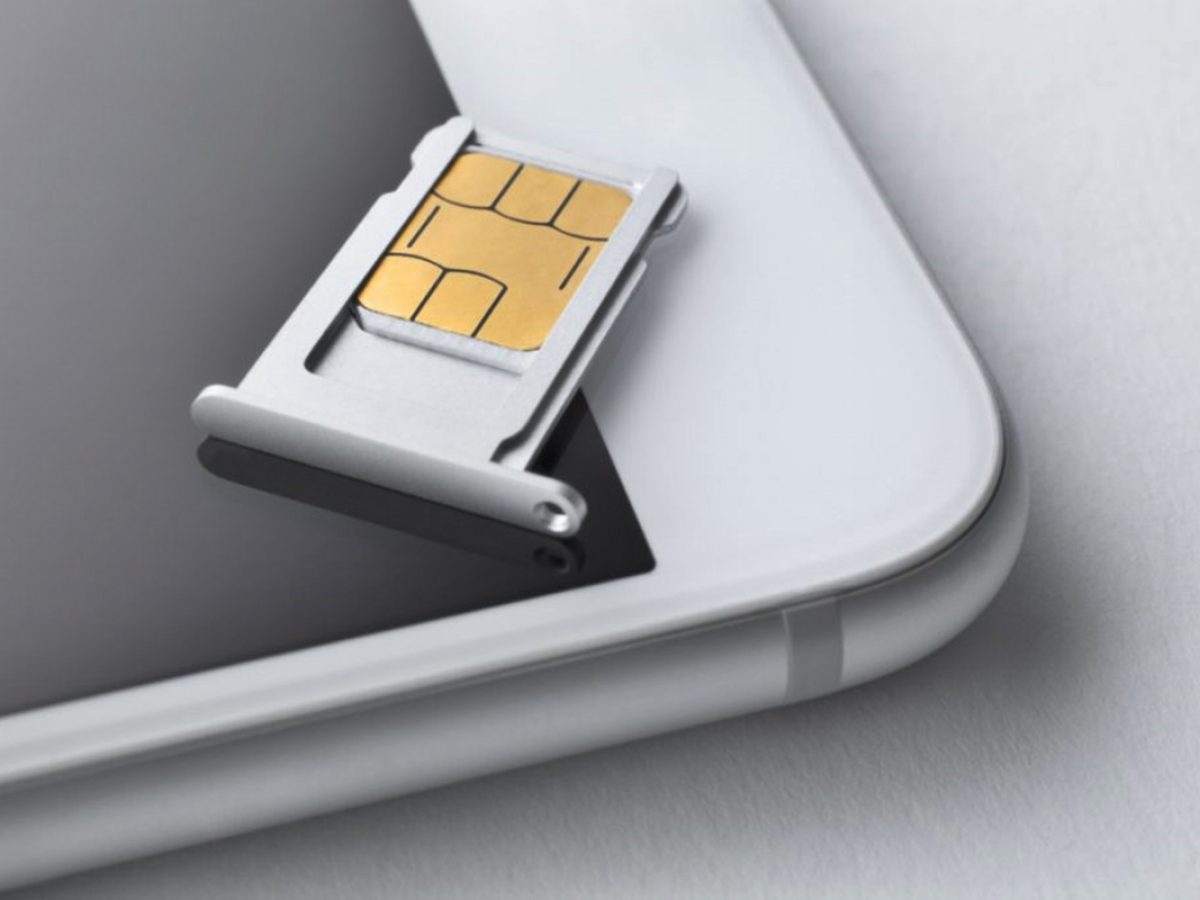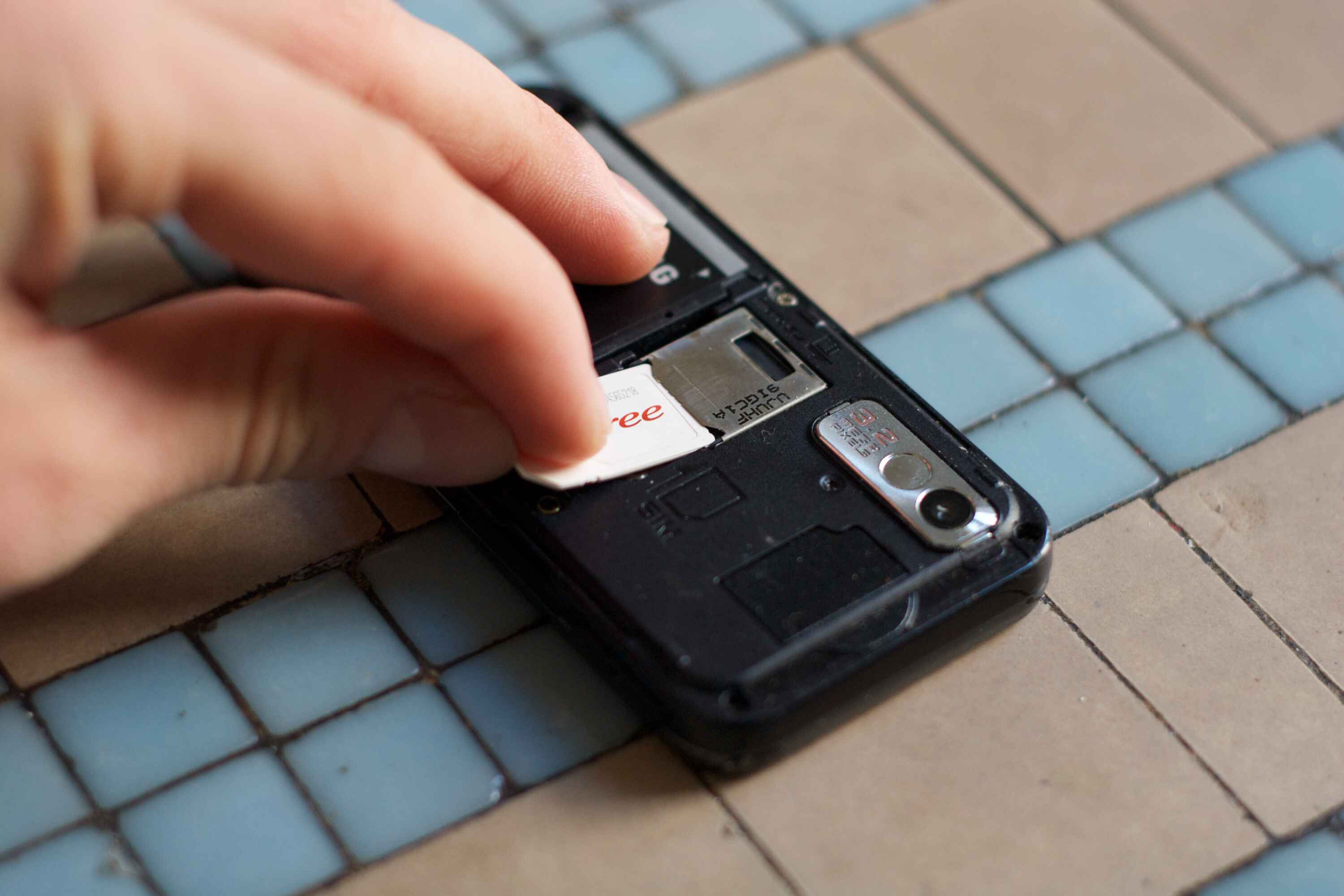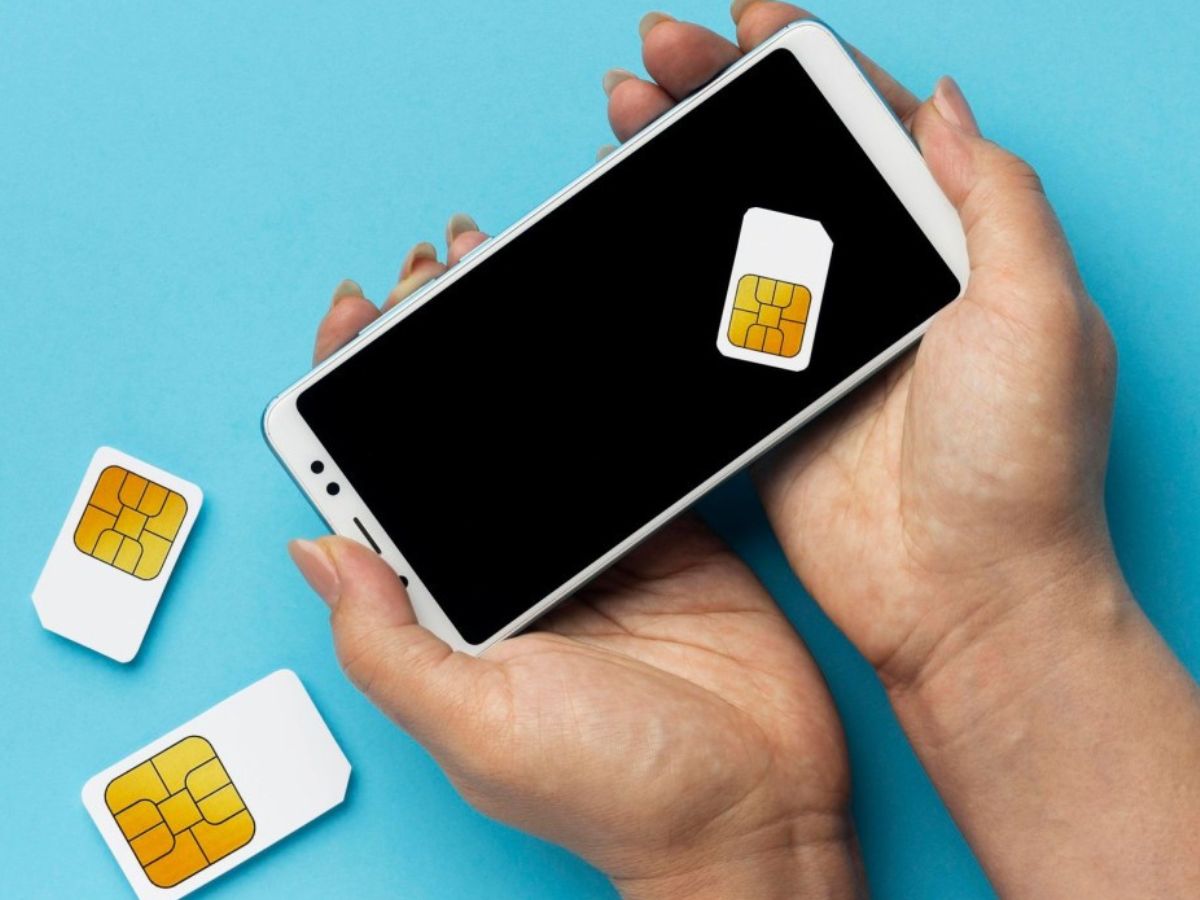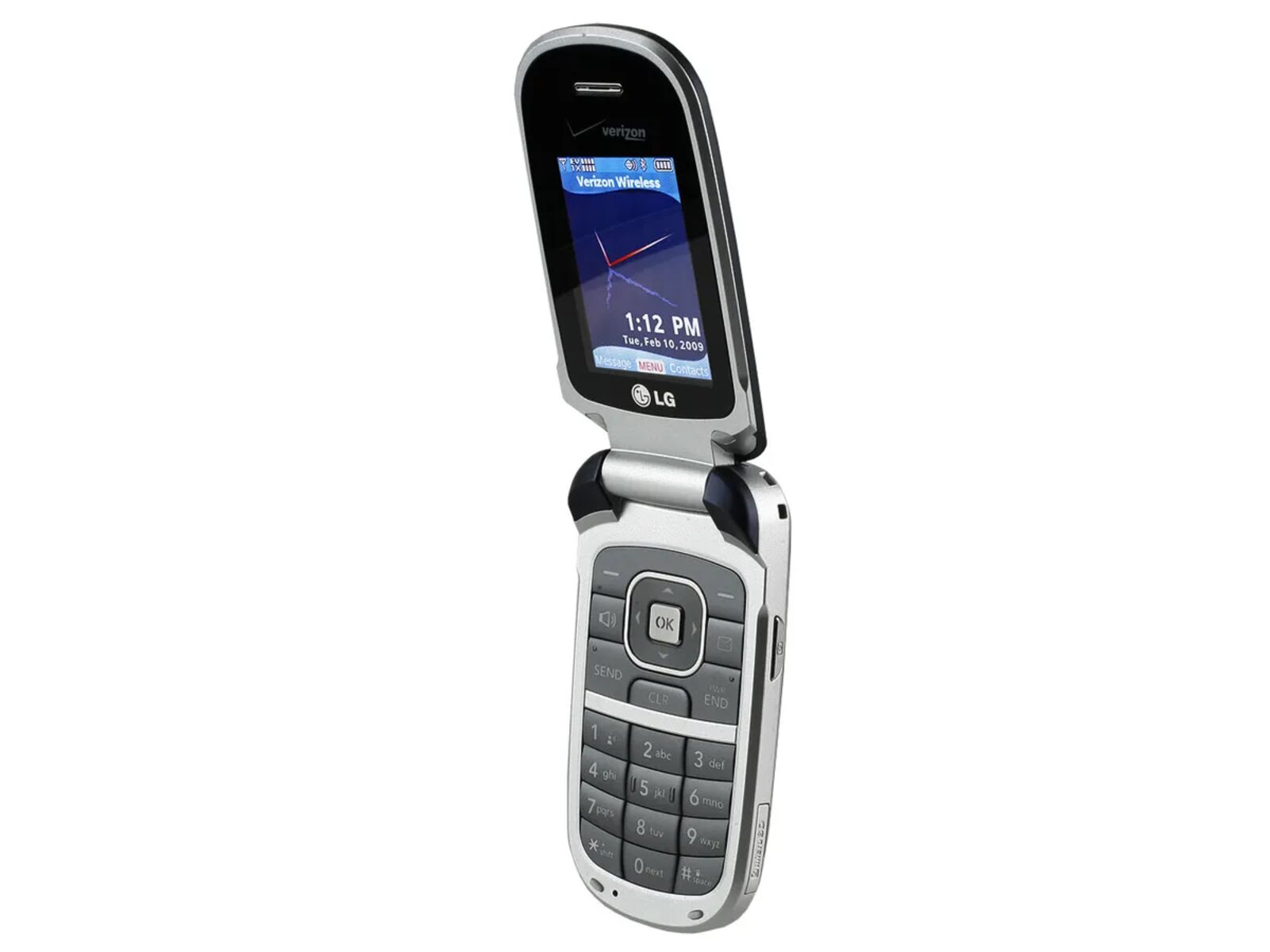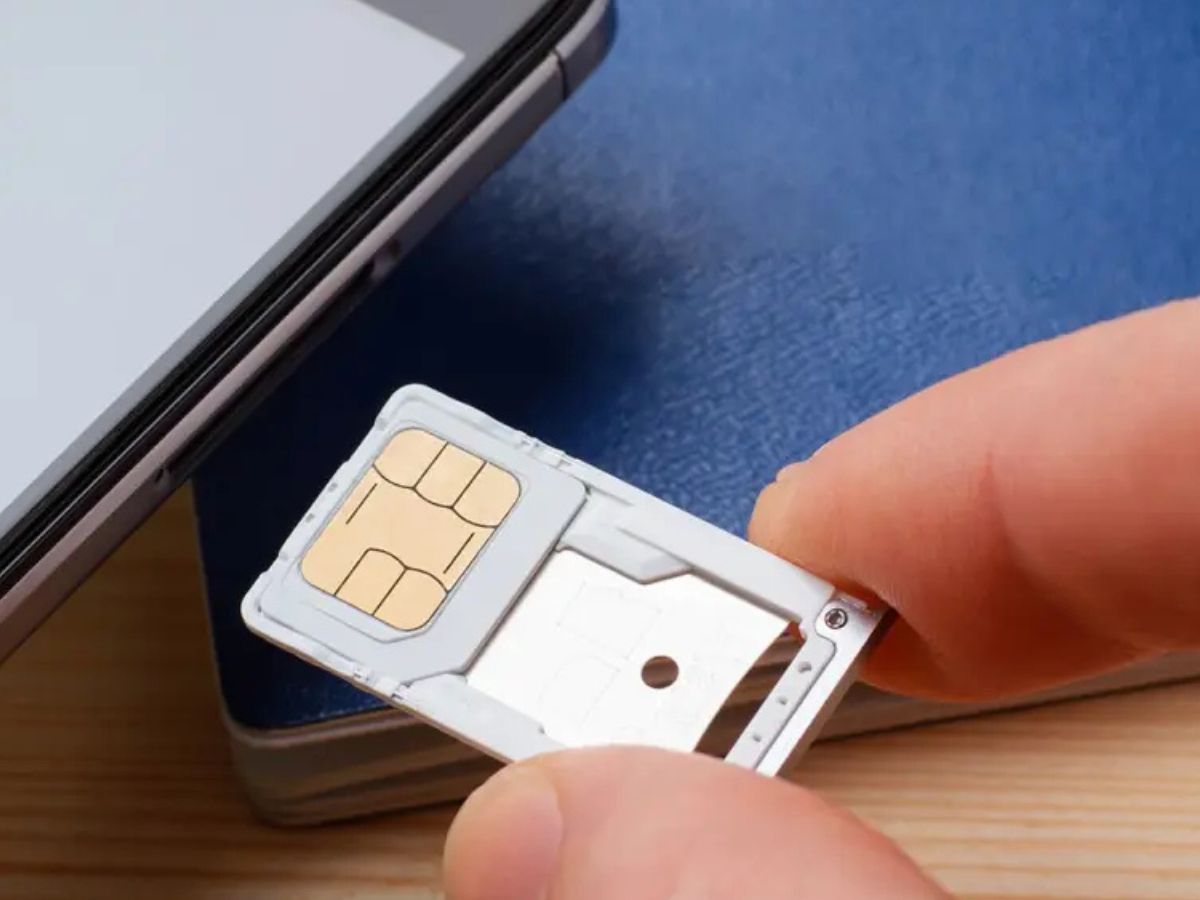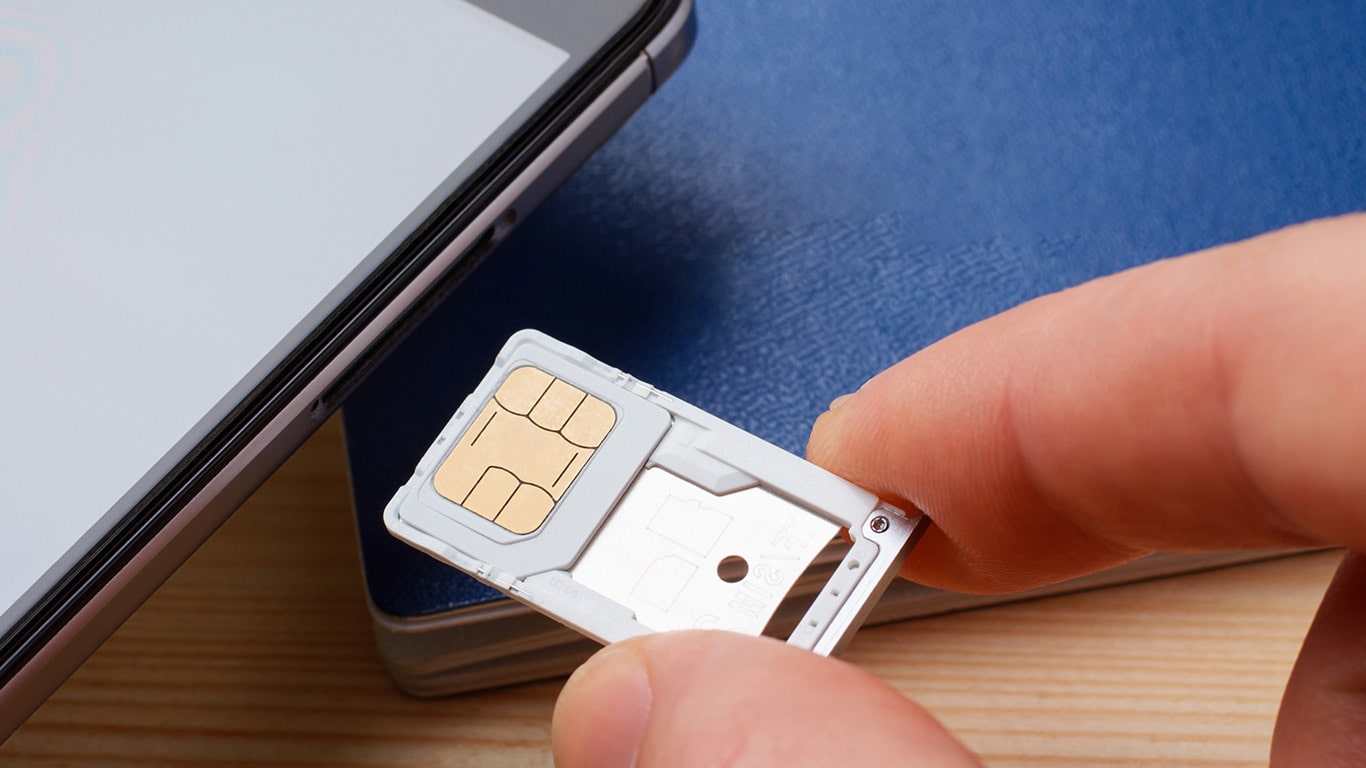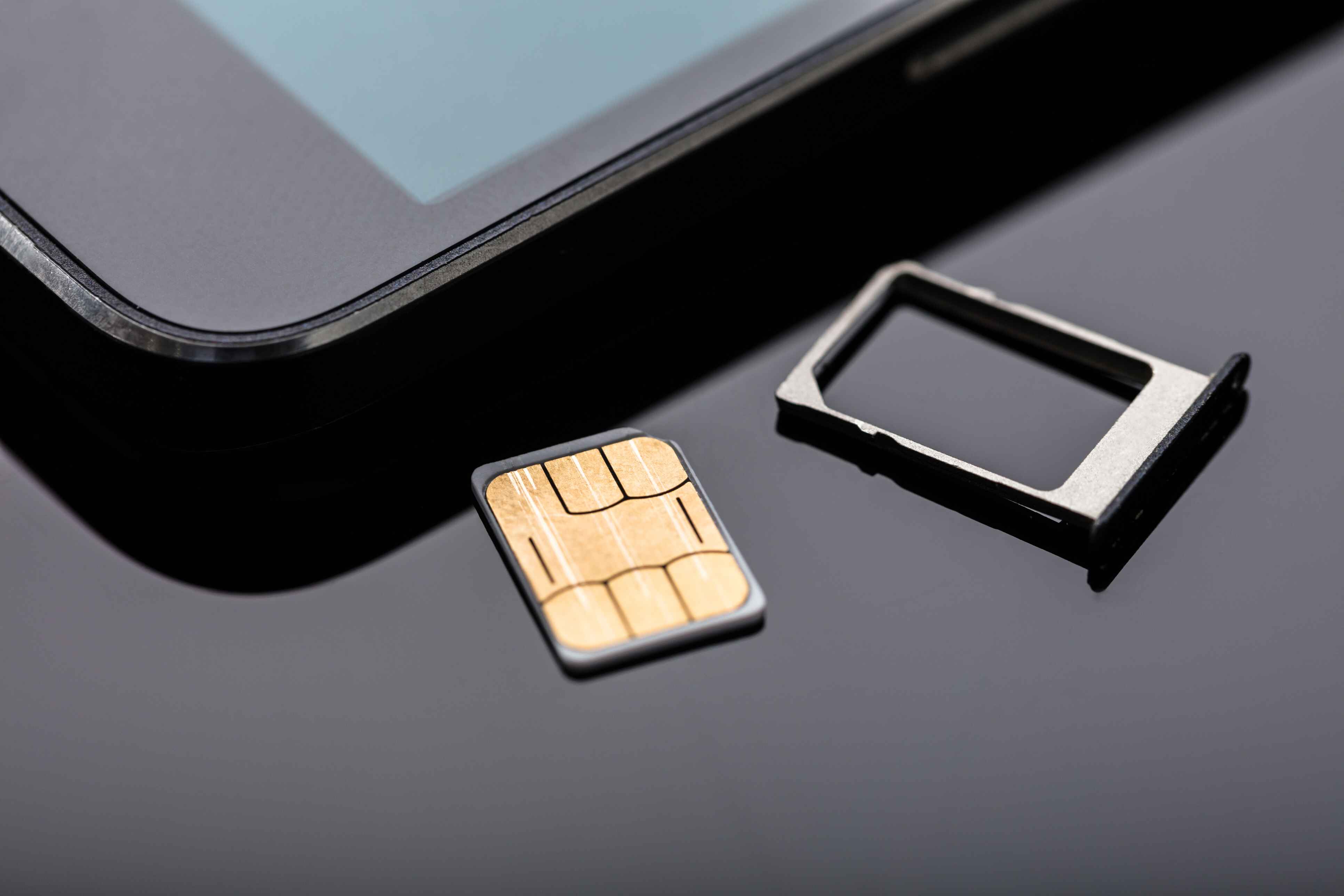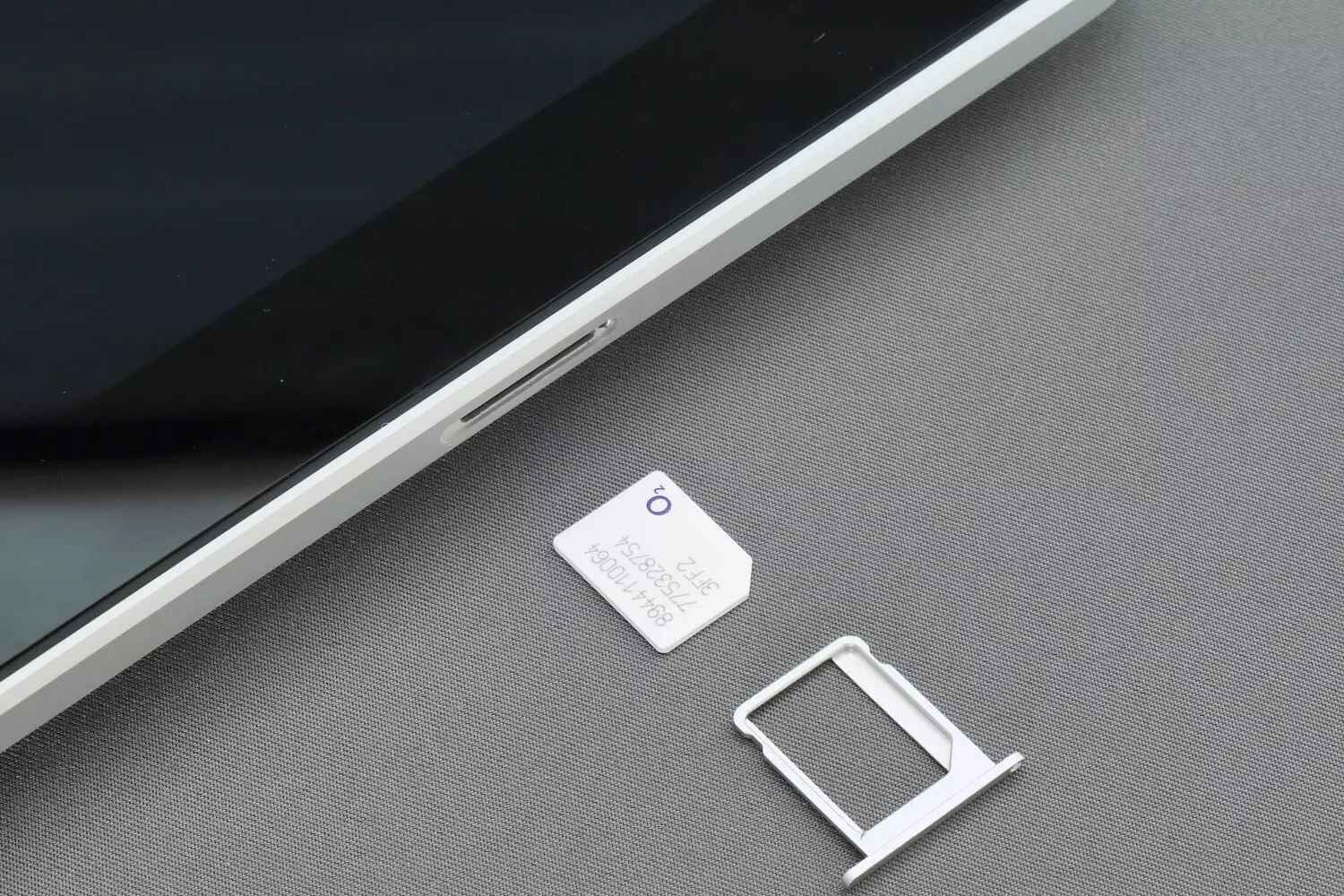Introduction
In today's digital age, mobile devices have become an indispensable part of our daily lives. From staying connected with loved ones to managing work tasks on the go, our smartphones have evolved into powerful tools that store a wealth of information. One crucial aspect of this data storage revolves around the transfer of data from the SIM card to the phone memory. This process ensures that contacts, messages, and other essential information are seamlessly integrated into the device, allowing for easy access and management.
Transferring data from the SIM card to the phone memory is a fundamental practice for individuals who have upgraded to a new device or are looking to safeguard their data in case of a SIM card failure. Understanding the various methods and tools available for this transfer process is vital for every smartphone user. Whether it’s a cherished collection of contacts or important text messages, the ability to transfer this data efficiently ensures a smooth transition and uninterrupted access to crucial information.
As we delve into the intricacies of transferring data from the SIM card to the phone memory, it’s important to recognize the significance of this process in maintaining a seamless mobile experience. By exploring the methods and techniques involved in this data transfer, users can gain valuable insights into optimizing their device's performance and safeguarding their digital assets. Let's embark on this journey to unravel the mechanisms behind transferring data from the SIM card to the phone memory, empowering users to harness the full potential of their mobile devices.
Understanding SIM Card and Phone Memory
The SIM (Subscriber Identity Module) card and phone memory are integral components of a mobile device, each serving distinct purposes in the storage and management of data. The SIM card primarily stores information related to the user's identity, such as their phone number, network authorization details, and contacts. It acts as a portable memory chip that allows users to seamlessly switch between devices while retaining their mobile identity and contact information.
On the other hand, the phone memory, also known as internal storage, encompasses various types of data, including contacts, text messages, multimedia files, applications, and system files. Unlike the SIM card, the phone memory offers a larger storage capacity and is designed to hold a wide array of user-generated content and system-related data.
The SIM card's storage capacity is relatively limited compared to the phone memory, typically ranging from 32KB to 256KB. This limitation primarily confines its functionality to storing essential information such as contacts and SMS messages. In contrast, the phone memory offers significantly larger storage capacities, often ranging from 16GB to 512GB in modern smartphones. This extensive storage capability enables users to store a multitude of data, including high-resolution photos, videos, music, applications, and documents.
Understanding the distinction between the SIM card and phone memory is essential when considering the transfer of data from the former to the latter. While the SIM card holds critical identity and contact information, the phone memory serves as a comprehensive repository for a diverse range of data types, facilitating a seamless and personalized user experience.
As mobile devices continue to evolve, the significance of efficiently managing and transferring data between the SIM card and phone memory becomes increasingly pronounced. This understanding lays the groundwork for exploring the methods and tools available for seamlessly transferring data, ensuring that users can harness the full potential of their devices while safeguarding their valuable digital assets.
Methods of Transferring Data from SIM Card to Phone Memory
Transferring data from the SIM card to the phone memory is a pivotal process that ensures seamless access to essential information on a mobile device. Whether it involves migrating contacts, messages, or other critical data, users can employ various methods to accomplish this transfer. Understanding these methods empowers individuals to efficiently manage their digital assets and optimize their mobile experience. Here, we explore two primary approaches for transferring data from the SIM card to the phone memory: using built-in phone settings and leveraging third-party apps.
Using Built-in Phone Settings
Most modern smartphones are equipped with user-friendly interfaces that facilitate the seamless transfer of data from the SIM card to the phone memory. By navigating through the device's settings, users can access dedicated options for importing contacts and messages from the SIM card. This built-in functionality streamlines the transfer process, allowing users to effortlessly migrate their data without the need for additional tools or applications.
In the case of contacts, users can navigate to the "Contacts" or "Address Book" section within the phone's settings and select the option to import contacts from the SIM card. This initiates a transfer process that seamlessly integrates the SIM card contacts into the phone memory, ensuring that they are readily accessible within the device's contact list.
Similarly, for text messages, users can utilize the messaging or SMS settings to import messages from the SIM card to the phone memory. This straightforward process enables users to consolidate their messages within the device, ensuring that they are preserved and easily retrievable.
Using Third-Party Apps
In addition to the built-in settings provided by smartphone manufacturers, users can explore the option of leveraging third-party apps to facilitate the transfer of data from the SIM card to the phone memory. A myriad of apps available on app stores offer comprehensive solutions for managing and transferring contacts, messages, and other data types from the SIM card to the phone memory.
These apps often provide enhanced features such as batch processing, advanced data management tools, and seamless integration with cloud services. By installing a reputable third-party app designed for data transfer, users can customize their transfer preferences and efficiently migrate their data with added flexibility and convenience.
By employing these methods, users can seamlessly transfer data from the SIM card to the phone memory, ensuring that their essential contacts, messages, and other critical information are seamlessly integrated into the device's storage. This proactive approach not only safeguards valuable data but also optimizes the user experience, enabling individuals to harness the full potential of their mobile devices.
Using Built-in Phone Settings
Modern smartphones are equipped with intuitive and user-friendly interfaces that streamline the process of transferring data from the SIM card to the phone memory. This built-in functionality eliminates the need for third-party tools or applications, providing users with a seamless and efficient method for migrating their essential data.
When it comes to transferring contacts, users can navigate to the "Contacts" or "Address Book" section within the phone's settings. Here, they can easily locate the option to import contacts from the SIM card. This straightforward process initiates the transfer of contacts from the SIM card to the phone memory, ensuring that all essential contact information is seamlessly integrated into the device's contact list.
Similarly, for text messages, users can utilize the messaging or SMS settings to import messages from the SIM card to the phone memory. This simple yet effective process consolidates messages within the device, ensuring that they are readily accessible and preserved within the phone memory.
By leveraging the built-in phone settings, users can effortlessly transfer their contacts and messages from the SIM card to the phone memory, thereby consolidating their essential data within the device. This approach not only ensures the seamless integration of critical information but also simplifies the management of contacts and messages, enhancing the overall user experience.
The convenience and accessibility offered by built-in phone settings make the data transfer process intuitive and user-friendly, empowering individuals to effortlessly manage their digital assets. This method eliminates the need for additional software or complex procedures, allowing users to seamlessly transition their data from the SIM card to the phone memory with ease and efficiency.
In summary, utilizing the built-in phone settings provides a straightforward and effective means of transferring data from the SIM card to the phone memory. This approach simplifies the consolidation of essential contacts and messages within the device, ensuring that users can seamlessly access and manage their data without the need for external tools or applications.
Using Third-Party Apps
In addition to the built-in settings provided by smartphone manufacturers, users can explore the option of leveraging third-party apps to facilitate the transfer of data from the SIM card to the phone memory. A myriad of apps available on app stores offer comprehensive solutions for managing and transferring contacts, messages, and other data types from the SIM card to the phone memory.
These third-party apps often provide enhanced features such as batch processing, advanced data management tools, and seamless integration with cloud services. By installing a reputable third-party app designed for data transfer, users can customize their transfer preferences and efficiently migrate their data with added flexibility and convenience.
One of the key advantages of using third-party apps for data transfer is the ability to access advanced features and customization options. These apps often offer intuitive interfaces that allow users to select specific data types for transfer, enabling them to tailor the process to their individual preferences. Additionally, some apps provide the option to schedule automatic data transfers, ensuring that the SIM card data is consistently synchronized with the phone memory.
Furthermore, third-party apps can facilitate the seamless migration of data across different device platforms. This cross-platform compatibility allows users to transfer data from a SIM card to a new device, regardless of the operating system, ensuring a smooth transition without data loss or compatibility issues.
Moreover, many third-party apps offer secure cloud integration, enabling users to back up their SIM card data to cloud storage services. This not only provides an additional layer of data protection but also ensures that the transferred data remains accessible across multiple devices, enhancing the overall data management experience.
By utilizing third-party apps for data transfer, users can take advantage of advanced features, customization options, and cross-platform compatibility, empowering them to seamlessly migrate their SIM card data to the phone memory with enhanced flexibility and convenience.
In summary, third-party apps offer a versatile and feature-rich approach to transferring data from the SIM card to the phone memory, providing users with a comprehensive set of tools to manage and migrate their essential data. This method ensures that users can leverage advanced features and customization options to streamline the data transfer process, ultimately optimizing the management of their digital assets.
Conclusion
In conclusion, the process of transferring data from the SIM card to the phone memory plays a pivotal role in ensuring the seamless integration and accessibility of essential information on a mobile device. By exploring the methods and tools available for this data transfer, users can effectively safeguard their digital assets and optimize their mobile experience.
The built-in phone settings provided by modern smartphones offer a user-friendly and intuitive approach to transferring data from the SIM card to the phone memory. This method simplifies the consolidation of contacts and messages within the device, ensuring that users can seamlessly access and manage their data without the need for external tools or applications. The convenience and accessibility offered by built-in phone settings make the data transfer process straightforward, empowering individuals to effortlessly manage their digital assets.
Additionally, leveraging third-party apps for data transfer provides users with advanced features, customization options, and cross-platform compatibility. These apps offer a comprehensive set of tools to manage and migrate essential data, enabling users to tailor the transfer process to their individual preferences. The ability to schedule automatic data transfers and integrate with cloud services enhances the overall data management experience, ensuring the seamless synchronization and accessibility of transferred data across multiple devices.
By embracing the diverse methods available for transferring data from the SIM card to the phone memory, users can proactively manage their digital assets while optimizing the functionality of their mobile devices. Whether it involves migrating contacts, messages, or other critical data, the seamless integration of SIM card data into the phone memory ensures uninterrupted access to essential information, contributing to a seamless and personalized user experience.
As mobile devices continue to evolve, the significance of efficiently managing and transferring data between the SIM card and phone memory becomes increasingly pronounced. This understanding lays the groundwork for users to harness the full potential of their devices while safeguarding their valuable digital assets. By staying informed about the available methods and tools for data transfer, individuals can navigate the evolving landscape of mobile technology with confidence, ensuring that their essential data remains secure, accessible, and seamlessly integrated into their devices.







